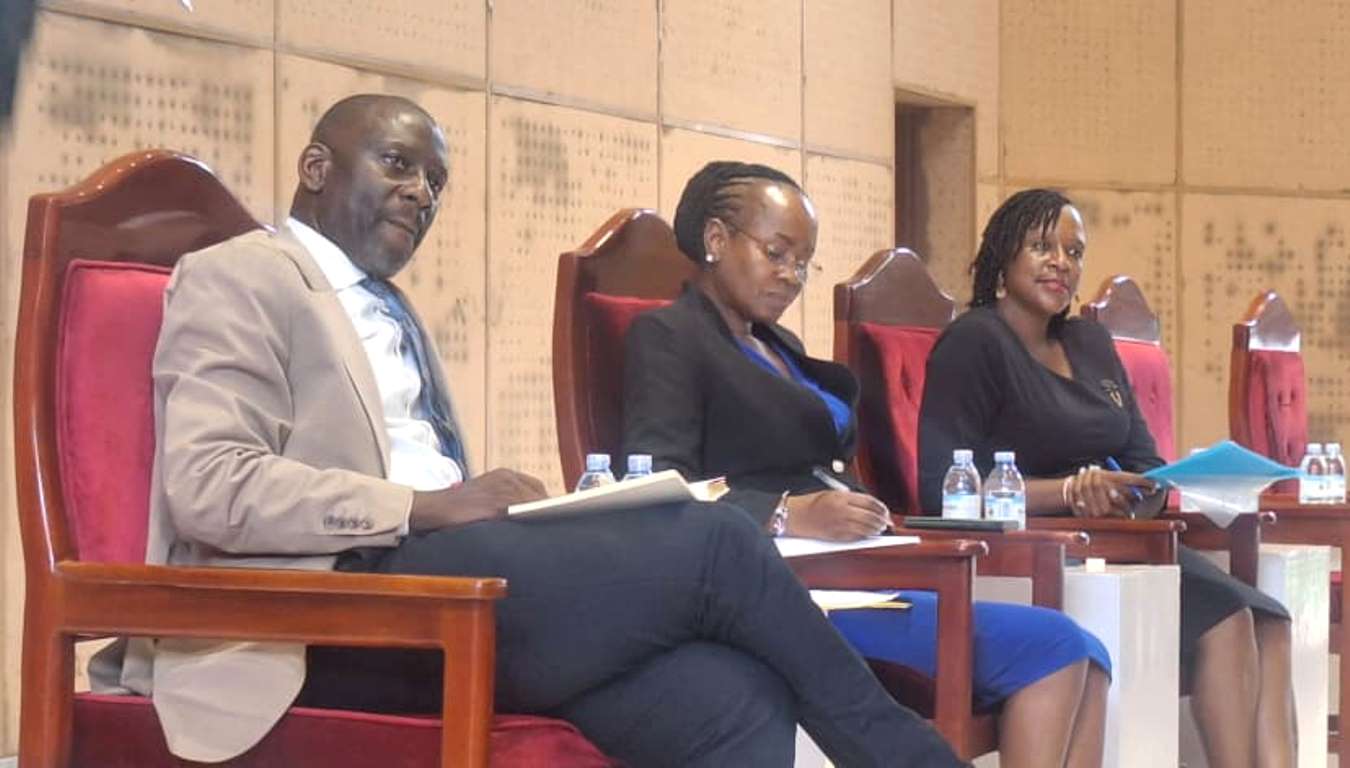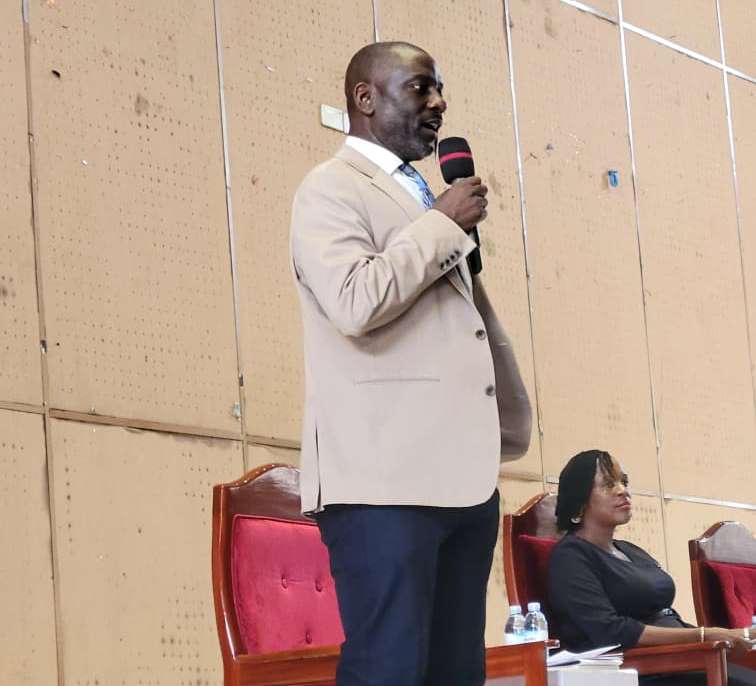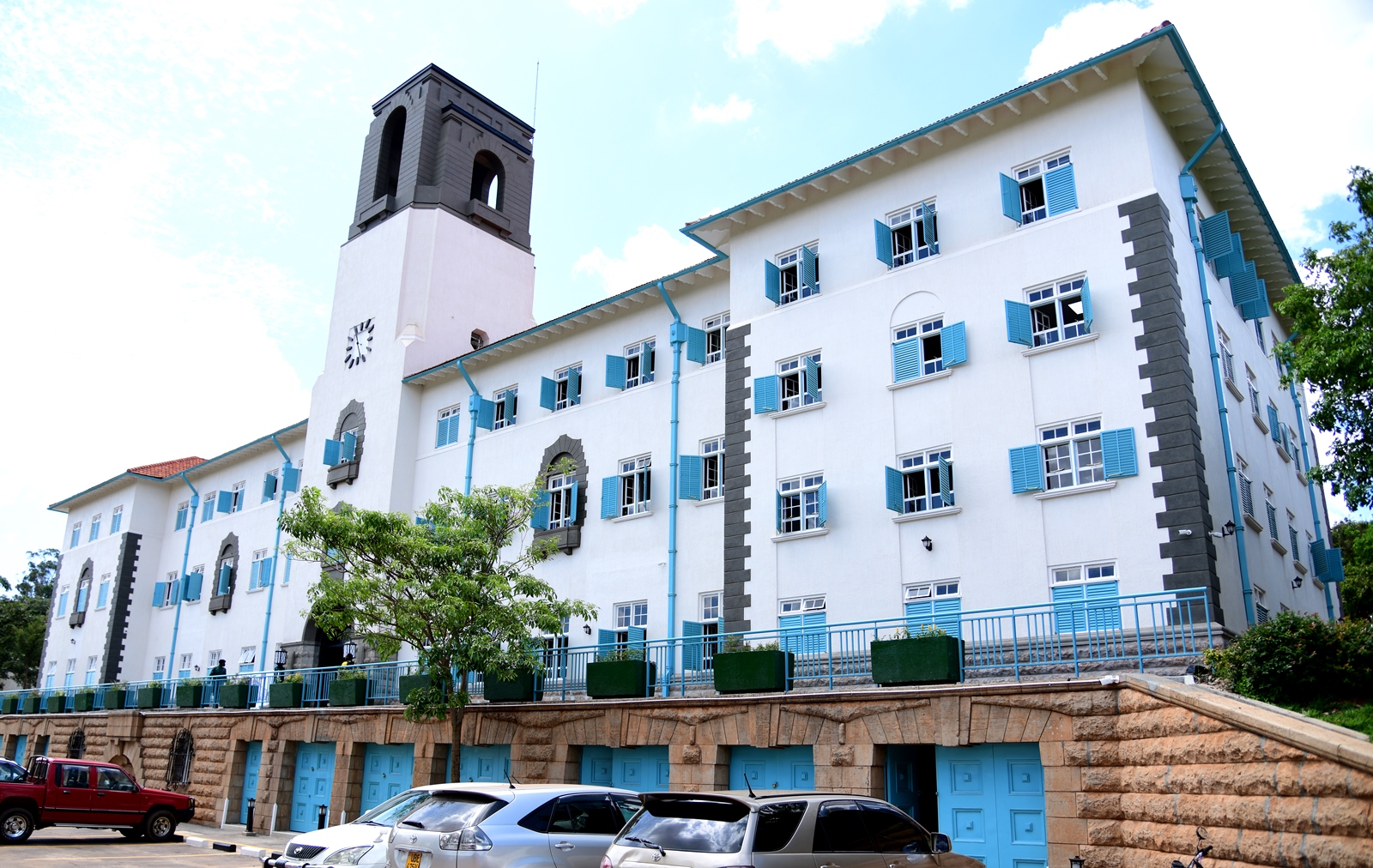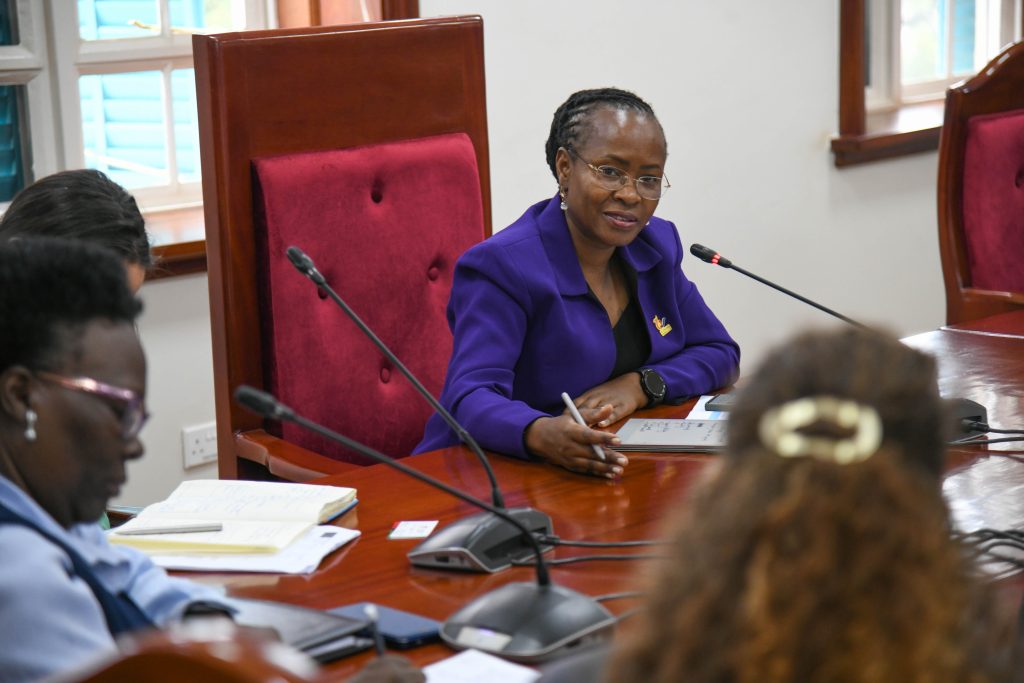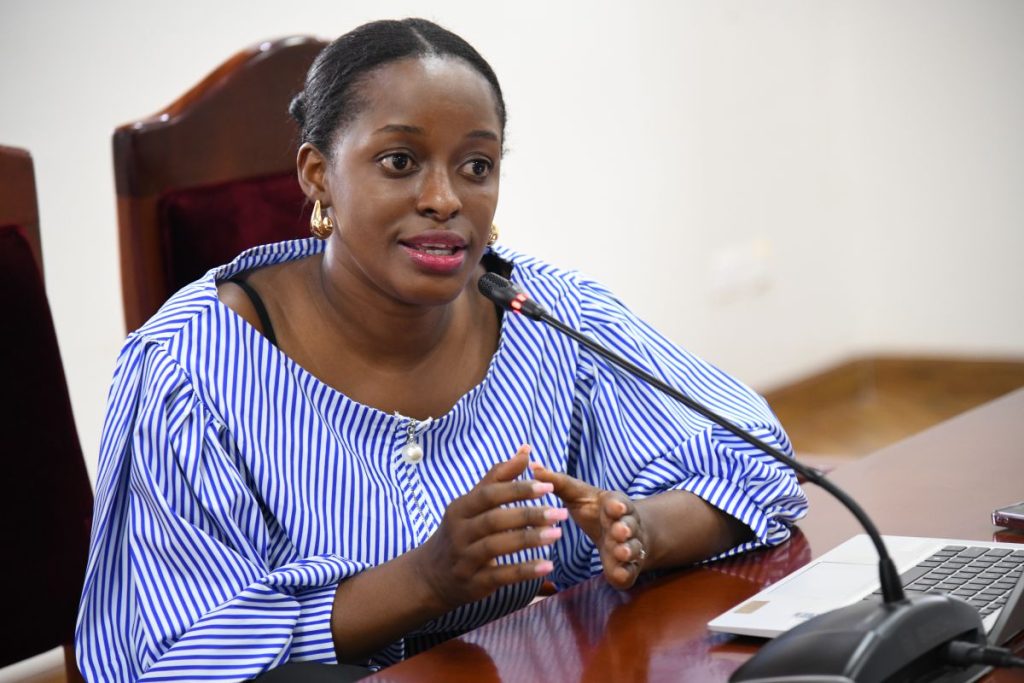General Objective:
Communities that experience recurrent shocks and stresses arising from chronic conflict are largely dependent on humanitarian aid and subsistence farming and face the challenge of non-diversification.
The general objective of RIC4CONF is to strengthen resilience of target communities by building their agency to promote learning, skills development and entrepreneurship by improving and promoting psychosocial wellbeing; by modernizing agriculture; fostering financial inclusion and diversification to profitable enterprises; and by creating an inclusive environment through good governance to end gender based violence (GBV) and other forms of injustice.
RIC4CONF Grant Architecture:
This call focuses on the sourcing, developing, and scaling of transformative technologies and approaches that will strengthen resilience to shocks and stresses that arise from chronic conflict and its effects. In particular, RAN is looking to catalyse and incentivize the development of solutions that will impact agricultural production and markets, enhance skill building in education curriculum, as well as livelihood diversification and financial inclusion.
Grants ranging between US$15,000 to US$40,000 are anticipated under Phase 1 of this call. Winners of Phase 1 Grants will then qualify to compete for Phase 2 grants (which are anticipated to range between US$50,000 to US$100,000), while winners of Phase 2 grants may subsequently complete for Phase 3 (Awards are anticipated to range between US$100,000 and US$ 200,000). The grants will support development of innovative approaches and technologies that will strengthen resilience to the effects arising from chronic conflict within the Eastern Africa region. [Note: RAN reserves the right to change the projected award amounts or the number of anticipated awards at any time.]
RIC4CONF Intervention Pathways
There are three priority intervention pathways:
1) Harnessing curriculum development towards skills development and entrepreneurship
2) Financial inclusion for wealth creation
3) Creating an inclusive environment for every citizen
Intervention Pathway 1:
Harnessing curriculum development towards skills development and entrepreneurship. The majority of the selected RAN target communities have found themselves trapped in chronic conflict
rendering them vulnerable to the effects of the conflict. The lack of access to quality education and life skills coupled with very high levels of unemployment are issues that require urgent and novel solutions.
Due to the high levels of unemployment, the communities especially the youths have turned to drug abuse (including alcohol and illicit drugs) which render them to engage in high risk behaviours such as prostitution and theft in order to ‘survive’. The other means of survival for these communities that are trapped in chronic conflict and its aftermath is through handouts from government and nongovernmental organizations. However, this has created and fuelled a wave of dependency on aid among the community.
This pathway focuses on:
1) re-imagining the education system through development and implementation of novel curriculum that will create and further improve the quality of human capital
2) promotion of psychosocial wellbeing to further promote optimism and self-determination to curb the growing ‘dependency syndrome’
3) promotion of vibrant food systems (farming and food value addition).
Examples of possible projects:
● Teaching and learning methodologies or technologies or approaches that are more effective and interactive e.g. child-to-child learning
● Novel practical and useful platforms for providing complementary and/or alternative (nonformal) opportunities for education. Alternative basic education may for instance address
specific needs of the refugee communities and any other ‘mobile’ communities
● Develop and mainstream gender responsive pedagogy/platforms to steer education given many families’ cultural preference for enrolling all boys before enrolling any girls
● Early diagnostics, investment in modern medicine and regulation of traditional medicine and folk practices.
● Technologies or approaches in public health that aim to improve children’s nutrition and health outcomes or address issues of hunger and/or obesity.
● Technologies or approaches that collate and disseminate agricultural related information for development e.g last mile communication of climate early warning information
More examples are provided in the RIC4CONF Grant Document at www.grants.ranlab.org
Intervention Pathway 2: Financial inclusion for wealth creation
Individuals living in communities that are faced with chronic conflict are disproportionately trapped into chronic poverty. Some of these communities have an abundance of minerals and other natural resources which also serve as the source and catalysts for chronic conflicts in the EA RILab region. The citizens do rely on assistance/humanitarian aid whereas other depends on one or a narrow range of livelihood options such as subsistence farming resulting in limited finite incomes and chronic poverty.
The low financial inclusion coupled with a pervasive culture of not saving for investment further drives most communities into deeper levels of poverty. Most of the communities also depend on subsistence farming with little or no diversification of livelihoods.
This pathway seeks:
1) to create and foster a culture that reduces consumerism, improve savings and access to credit
2) to target ideas that provide alternative sources of livelihoods for the target communities
Examples of possible projects:
● Novel technologies, approaches or platforms to facilitate saving among smallholder farmers
● Models, approaches or technologies that channel savings directly to predetermined low risk investments
● New and disruptive forms of currency that can be channelled into credit payments
● Financial literacy programming for underserved communities
● Models, approaches or platforms for outsourcing of micro-work for rural youth with access to technology
● Highly profitable and low-cost to set up businesses for women, unemployed youth and refugees living in camps
● Public health related models, approaches or platforms to help in diagnosis and prevention of diseases of public health concern as well as those that can be channelled into a business
More examples are provided in the RIC4CONF Grant Document at www.grants.ranlab.org
Intervention Pathway 3: Creating an inclusive environment for every citizen
Most of the current judicial systems are faced with a huge concern of transparency. The current land tenures are not favourable to the local community whose main source of livelihoods is subsistence farming. The chronic conflict in northern Uganda led to massive displacements of people into camps. On return, there were no clear boundaries of the land and some people who know the boundaries had been cleared leaving behind a generation of young people who had no idea of the boundaries. This created a lot of land disputes as people were claiming the same piece of land. In DRC, although the communities are faced by chronic conflict which has a linkage to the minerals, the major source of livelihoods is agriculture. Other causes of land conflicts include lack of documentation as the true land owners and poor land tenure systems among other. There is an urgent need to influence the land policy reforms. Innovative ideas may focus on building the community’s capacity to engage their leaders and civil servants on pertinent issues through advocacy and/or dialogue in community and leaders. How do
we propose new frameworks for citizen participation when it comes to discussing issues that concern policy? Citizenship participation in the policy process (‘Bottom-up approach’) is crucial. Teams will also be expected to develop contextually relevant technologies or approaches for addressing Gender Based Violence and asymmetries therein.
This track focuses on two main areas:
1) Governance including access to justice, civic engagement, transparency and accountability
2) Sexual and Gender Based Violence especially with a key interest in women's participation and empowerment.
Examples of possible projects:
● Platforms that engage the local and central governments tailored to promote government accountability, transparency, and responsiveness to the needs of the local communities.
● Innovative art projects that meaningfully engage with issues of advocacy, justice, and community-building. The ideas may use an array of multimedia- visual/conceptual art,
photography, videography, music, dance, theatre/performance art, creative writing, or other forms keeping the context of the target communities in mind.
● Technologies or platforms for settling disputes (such as land wrangles, etc) among individuals or communities in a manner that promotes community cohesion.
● Platforms for building the capacity of women, men and the youth to take an active role in combatting Gender Based Violence and advocate for citizens’ rights. The platforms should
provide a gender ‘lens’ through which needs and concerns are advocated for.
● Novel platforms and technologies that empower and improve women's ability to make and act on decisions More examples are provided in the RIC4CONF Grant Document at www.grants.ranlab.org
In conclusion, what you need to know
• Innovations are not limited to technologies but could be approaches or models
• An idea may not be new – the innovation could be in its social application
• Selection criteria:
o Technical plausibility and alignment to theory of change
o Human capacity development and agency
o Contribution to conservation of the environment
o Utility, business model and scalability
• We are particularly in the lookout for:
o Paradigm changers that transcend business-as-usual
o Platform projects that can launch many other synergies
o Innovations with high transformative potential and scalability
For details and to apply, please visit grants.ranlab.org and apply by 11th April 2016 11:59pm, East Africa Standard Time.
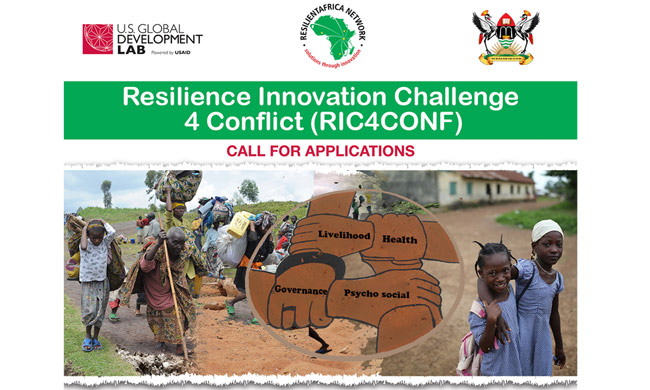

 Research1 week ago
Research1 week ago
 General2 weeks ago
General2 weeks ago
 Health2 weeks ago
Health2 weeks ago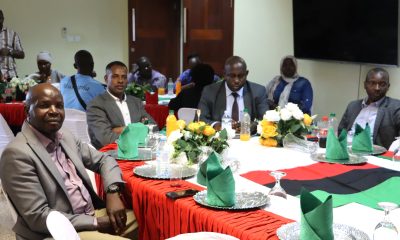
 Business & Management1 week ago
Business & Management1 week ago
 Health1 week ago
Health1 week ago

